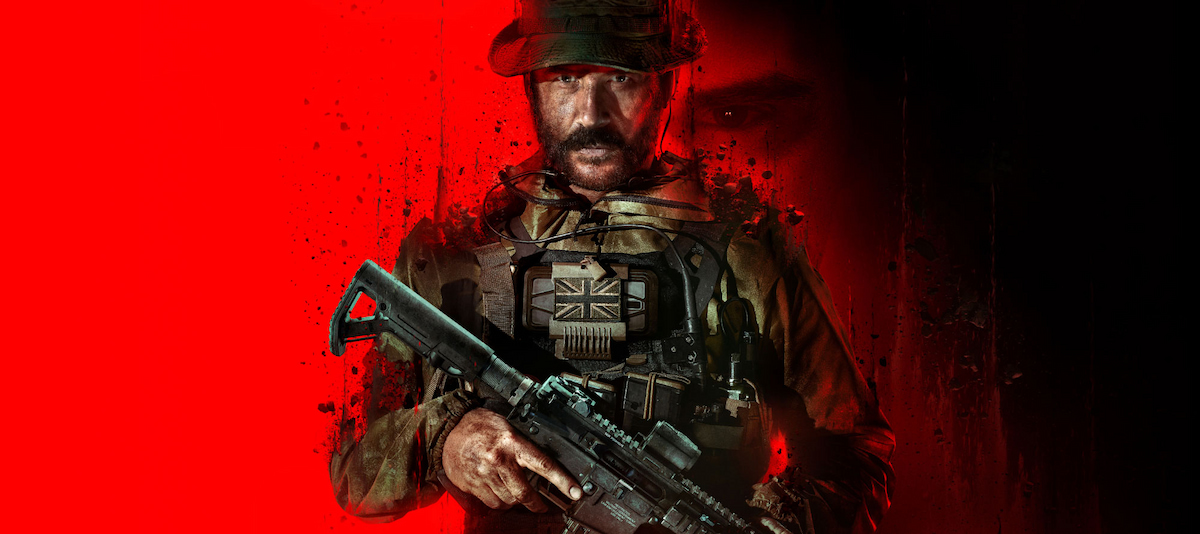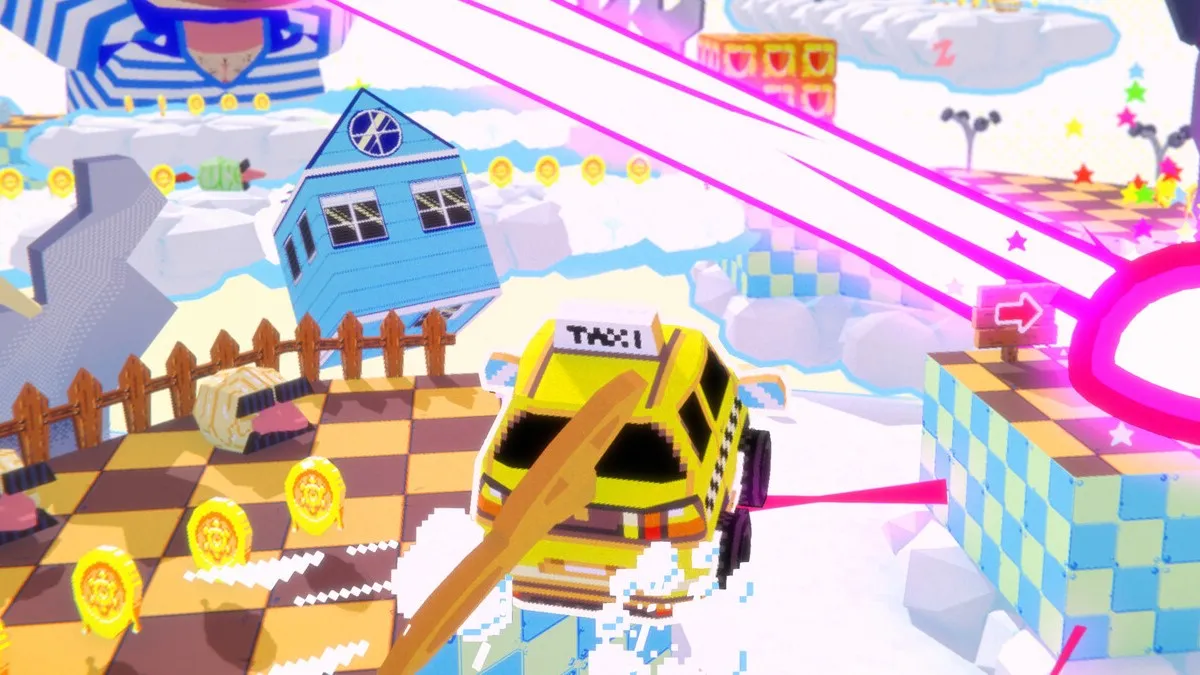A few times a year, I make the mistake of buying a horror video game. It never goes well. Whether it’s the jump scares in Five Nights at Freddy’s or the suspense of games like Amnesia: The Dark Descent, I can never muster the courage to play a horror game for more than a few hours.
I end up quitting due to high stress and sweaty palms, hoping to avoid any nightmare fueled sleep the game might induce. When a friend of mine coerced me into playing Phasmophobia, the new psychological horror game developed and published by Kinetic Games, I assumed I’d go through this same process.
The thing is, once I started playing, I realized that even though Phasmophobia is considered a horror game, what keeps people around is the whodunit styled mystery scenarios it creates.
Phasmophobia is a Murder Mystery Game Disguised as Horror

In Phasmophobia, you and 1-3 other team members are tasked with exploring a set of haunted buildings across the United States. From suburban homes to abandoned asylums, you’ll scavenge the building to find and describe any ghosts present.
Play always starts out in a van filled with preselected supplies bought by you and your team members. More common items such as flashlights and cameras are used regularly, while something like a Crucifix or container of salt might need to be used in more specific situations.
This time in the van gives players a chance to discuss strategy and goals for the ghost hunt. One person might handle the thermometer to look for spikes in cold temperature while the other can use an FM radio to try and contact the ghost. One holds a UV light while the other has a camera at the ready.
Someone might even stay back in the van to watch a digital map and ghost activity reader on display. What’s important is that each person has a role to play as the game begins, and each role is equally important in solving the main question of the game: What type of ghost is haunting this building?
This is where the whodunit scenario kicks in. Everybody runs into the abandoned building and starts their search, looking for specific evidence. The player with the UV light looks for handprints on the walls, the player with the thermometer looks for temperature drops, the player with the FM radio calls out to the ghost.
When I say “calls out,” I really mean that. Phasmophobia offers an in-game microphone and whatever you say in the mic can be heard by the ghost. Most items and tasks in the game will reward players with their own piece of evidence or a discovery that will help the team.

When a discovery is made, players can slowly start to narrow down the options of which ghost is haunting the building. This is organized with the help of a handy journal, providing facts and information about each ghost.
For instance, Some ghosts like Spirits and Shades leave handprints that can be detected with a UV light, while other ghosts such as Jinn and Mare leave “Ghost Orbs” detected on cameras. When one piece of evidence has been found, players can add that to their journal, giving them a smaller list of ghosts it could possibly be.
A journal entry consists of 3 pieces of evidence and a statement for which ghost you think it is. Each correct answer rewards money that can be used to gather more supplies for future ghost hunts. Any photographs of ghosts or paranormal activity will also provide for some extra cash.
This process of elimination and mystery is what makes this game so worthwhile. Even as a person who doesn’t like horror games, I don’t mind or notice the horror that much in this one. Yes, I freak out and scream when a ghost appears, but it is just frosting on the cake of a well executed mystery.
Even the horror elements themselves work their way into the mystery. Each type of ghost has strengths, weaknesses, and hunting techniques. How the ghost appears, scares you, and murders your friends will give you more information into which type of ghost it is. A jump scare isn’t just a jump scare in this game, it’s evidence.

This feeling of solving a mystery is in contrast to the issues I have with many modern horror games. In so many of these games, there is a certain amount of time before the gimmick is up. Think of Alien: Isolation, a fantastic horror game, but another one I never finished.
It is so terrifying to really feel like you are being hunted by an alien, but after the jump scares get old, you start looking at your play time and wonder when it is going to end. Horror games have a tendency to struggle with a long-term story because the horror elements outstay their welcome, becoming obstacles more than anything.
Phasmophobia on the other hand, is played in 30 minutes to 1 hour long sessions. Each session provides all the excitement that you might get from a horror movie itself: the calm beginning where you plan, building tension as you set up before the ghost starts attacking, chaos and death as all your plans go wrong, and falling action and recap with the remaining team, discussing what you’ve learned.
Right as a given scenario might start to become tiring or stale, you’ve solved the mystery and can move on to a new one. This gameplay flow reminds me of one of my favorite board games, Sherlock Homes: Consulting Detective, a murder mystery where you go through a set of 10 pre-written stories, solving crimes through diologue with witnesses, suspects, and characters in Sherlock Holmes’ social circles.
What makes this board game so good is the feeling of being a detective in a 2 to 3 hour gaming session. Phasmophobia does the same, but for ghost hunting. It cares more about solving the mystery than scaring the player.

Conversing with friends in this type of game truly makes you feel like a detective or ghost hunter, and you don’t have to invest more than a few hours of your time to get a really satisfying experience out of it. This communal horror experience, paired with fantastic whodunit mysteries makes Phasmophobia unique and accessible.
Planning and executing ghost hunting schemes knowing all too well that your plans are going to immediately fall apart is wonderful. On top of that, having the chance to solve this mystery with a group of people alleviates the stress of the horror.
Playing a horror game alone is scary! And, at least for me, takes away from the fun of experiencing horror together. Screaming in unison or laughing at another’s sudden fright is so much more fun than sitting in a dark room alone, paranoid and scared.
Even with all of Phasmophobia’s perks, there is a lot of room for improvement being an early access game. It is extremely buggy and the amount of destinations are minimal. A lot of the excitement comes from new locations and new experiences, which gives the game’s current state a bit of a shelf life.
That being said, I truly look forward to seeing Kinetic Games build out the content in this game and I can easily see myself jumping back in whenever new content is added.
At its heart, Phasmophobia isn’t really a horror game, it’s a murder mystery game. This twist on a genre that has been trending towards similar and dated gaming mechanics is a welcome change.




